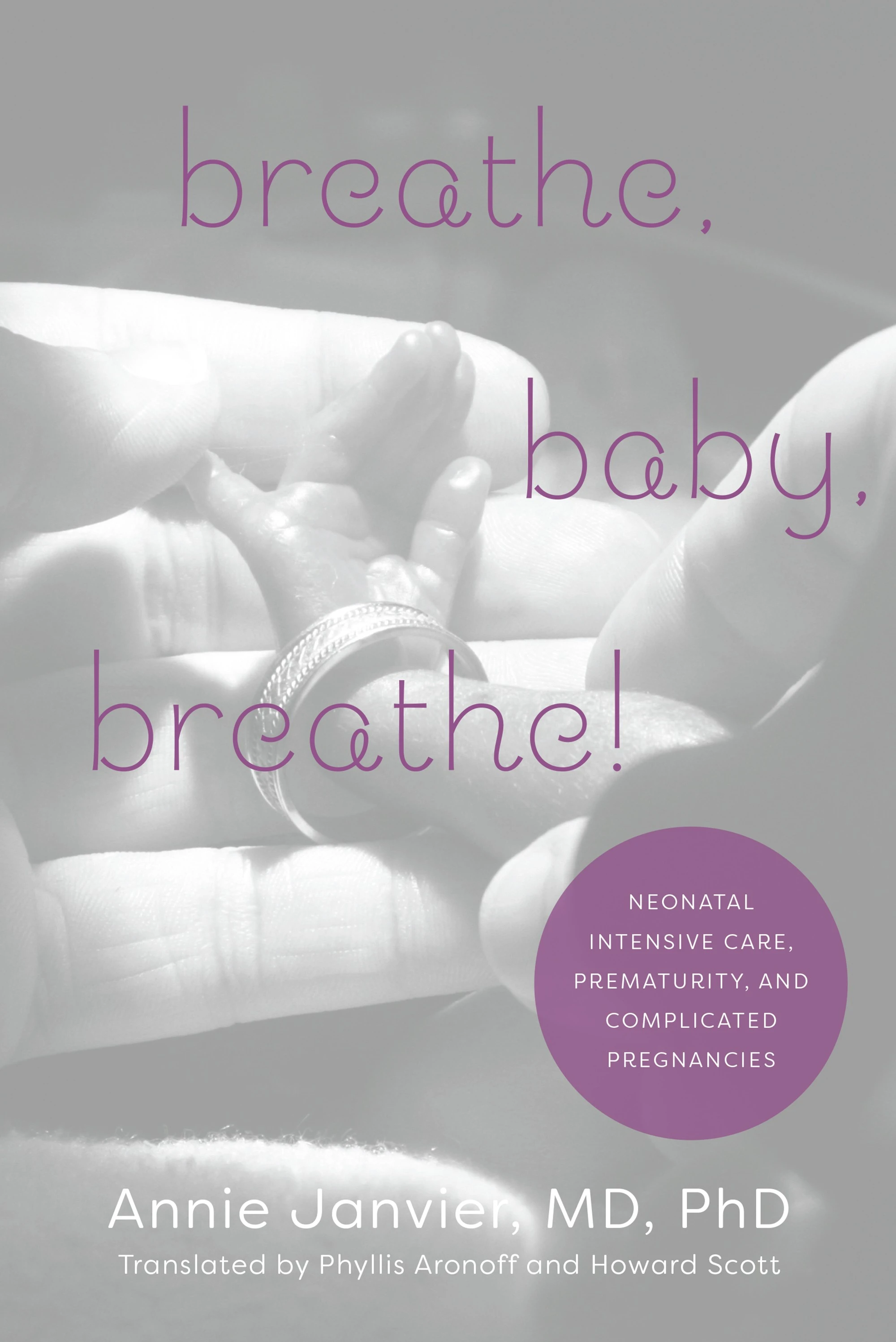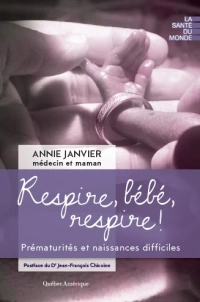Many practices in neonatology are variable between NICUs, and many vary from year to year; without any good scientific data practices become fashionable or routine or ingrained without necessarily having an evidence base to support them.
One such practice is that mentioned in the title, a few years ago it was rare for me to see babies with opioid infusions, but it seems to have become more common, despite the lack of a good rationale.
Infants who are unquestionably in pain, such as in the post-operative period, are excluded from this discussion; pain control after surgery is unquestionably necessary,(although there are serious questions about agents, route, and dosage, etc). I am referring to the use of opioid infusions (most commonly either morphine or fentanyl) for infants who are receiving routine care during assisted ventilation, which includes some potentially painful interventions, blood sampling and endotracheal suctining being the most common.
I think one of the first considerations is that the procedure of being intubated is very painful and should always be premedicated with analgesics, potent opioids with a rapid onset of action are needed (fentanyl or analogues; not morphine).
But I question whether being ventilated is painful. Earlier in my career I worked in the PICU, where it was not unusual to have chldren who were intubated (usually nasotracheally) and on assisted ventilation who needed no analgesia or sedation, I have played with intubated children and seen them reading and listening to music with no need for opiates!
Many babies can spend days or weeks ventilated, during which they can sleep for over 20 hours a day, without routine sedation or analgesia.
There are several considerations that should enter into our decision of whether to use opioids for a ventilated preterm baby. One of which is the lack of evidence from randomized trials of benefit. Indeed the latest version of the Cochrane review was recently published, Bellù R, et al. Opioids for newborn infants receiving mechanical ventilation. Cochrane Database Syst Rev. 2021 Mar 17;3(3):CD013732. doi: 10.1002/14651858.CD013732.pub2. As always you can access for free via the VON website, https://public.vtoxford.org/cochrane-at-von/. That review found 23 relevant trials, 15 of which compared routine opioid use to control (although, in all of them where I can see the information, opioids were permitted in the controls). They found no evidence of benefit, in the short or the long term. Of particular importance, there was little evidence of a reduction in pain scores, the best and easily the largest trial (NEOPAIN) showed, after the first few hours of infusion, a trivially lower PIPP score among the opioid group than the controls; 8 vs 8.7. For each of the long term outcome measures, only a single small study was available, therefore showing little difference, and with very little confidence.
We can learn, I think, from the recent evolution of practice in adult ICUs where light or no sedation has become routine. Trials have shown that routine heavy sedation prolongs assisted ventilation in adults. There are, as a result, a number of studies of patient experiences of being ventilated, many of which have addressed pain, as well as other parts of the patient experience of awake assisted ventilation. (Baumgarten M, Poulsen I. Patients’ experiences of being mechanically ventilated in an ICU: a qualitative metasynthesis. Scand J Caring Sci. 2015;29(2):205-14). In general, pain is not a major part of the reported experience of ventilated adults. They do, however, concur that being suctioned is very painful and unpleasant, although they often report feeling better after the suctioning, as the airway secretions are cleared.
Volume Controlled Ventilation in Adults works differently to volume “guarantee” ventilation in babies, with the presence of a background bias flow babies can take larger breaths if they wish, one of the complaints reported by adults during awake assisted ventilatoin was that they could not take a larger breath when they wanted, which should be less of a problem with our systems.
Also of note, many of these neonatal studies were performed in order to get babies to be better synchronised with the ventilator, at a time when non-synchronized assisted ventilation was the norm in the NICU. With the development of synchronous modes, which are now universal, that is no longer an issue, in general as long as the ventilator is set correctly.
With these considerations in mind, these are the major issues for deciding whether to give analgesia or sedation to a ventilated preterm baby, in particular morphine infusions:
- Being ventilated is not, by itself, usually painful. It is stressful for adults, but it doesn’t hurt. Non-pharmacological calming procedures help adults (in particular communication, less relevant for the newborn but calming sounds, voice, touch, swaddling, and gentle interventions are likely to be helpful).
- Opiod infusions are ineffective for preventing pain from blood sampling procedures;
- sucrose, skin to skin care, in combination and with the addition of non-nutritive sucking, can dramatically decrease pain from blood sampling.
- These interventions are still required even in a baby on an opioid infusion!
- More invasive skin-breaking procedures, such as lumbar puncture or chest drain insertion, benefit from local anaesthesia as well as sucrose etc. Lidocaine should always be administered for lumbar punctures and chest drain insertion.
- Endotracheal suctioning is unpleasant and painful but pain responses are not improved by any currently investigated modality. In particular opioids are ineffective.
- Retrospective and observational studies have shown more IVH, more death, and more NEC among preterm infants who receive opioid infusions.
- The prospective trials, in particular NEOPAIN, showed a very small increase in mortality and IVH (with 95% confidence intervals which included no difference), but did not report NEC.
- Morphine infusions often cause hypotension.
- Morphine infusions do not improve short or long term outcomes, additional doses are associated with worse pulmonary outcomes.
- Fentanyl is an unreliable sedative, but an excellent analgesic, as a relatively selective mu-opioid receptor agonist it is a poor choice when sedation is the goal.
There are some recent PK studies that I think are very relevant. The most immature babies risk major accumulation of morphine and its metabolites. There is a dramatic accumulation of morphine-3-glucuronide during morphine infusions in the very immature infant. It is a metabolite which is an opioid antagonist. In other words it prevents the analgesic effects of morphine, and interferes with the sedative effects also. This may be why morphine is not a very effective sedative in the most immature infants. Very immature babies accumulate M3G and have enormously high concentrations after a few hours of infusion.
There is a meta-model of neonatal morphine pharmacokinetics published a couple of years ago (Knosgaard KR, et al. Pharmacokinetic models of morphine and its metabolites in neonates:: Systematic comparisons of models from the literature, and development of a new meta-model. Eur J Pharm Sci. 2016;92:117-30) which paper has a link to this app https://unicph.shinyapps.io/MorphineNeonates/ . Play around with it for a while and you will see that the most immature babies risk having extremely high morphine and M-3-G concentrations after standard doses of morphine.

This is an example of predicted morphine and morphine metabolite concentrations for a 24 week 600g 1-day old baby who receives a 100 mcg/kg bolus and a 10 mcg/kg/h infusion, with the 95% confidence limits.
And here for clarity without the confidence limits

There are also huge variations in kinetics, one study showing a 40-fold variation in clearance! That variability can be reduced by taking into account gestational and postnatal age.
How about the long term? Well as mentioned there is very little information from randomized trials, so little confidence in the impact. However, there are observational studies, in particular a worrying series from Vancouver (Zwicker JG, et al. Smaller Cerebellar Growth and Poorer Neurodevelopmental Outcomes in Very Preterm Infants Exposed to Neonatal Morphine. J Pediatr. 2016;172:81-7 e2. Ranger M, et al. Internalizing behaviours in school-age children born very preterm are predicted by neonatal pain and morphine exposure. Eur J Pain. 2014;18(6):844-52) which show that the more morphine the babies received, the smaller were their cerebella (cerebellums?), and the more behaviour problems they had at long term.
They have recently followed this up to show that differences in morphine kinetics, or at least differences in the genes which metabolized morphine, were correlated with those behaviour problems. (Chau CMY, et al. Morphine biotransformation genes and neonatal clinical factors predicted behaviour problems in very preterm children at 18months. EBioMedicine. 2019;40:655-62), the exact meaning of which isn’t clear yet, but continues to make me anxious about the use of morphine for babies who are not clearly in pain.









Well done Keith (as usual). I think you hit on the salient points, but some may need to be re-iterated.
One, all units should be doing on-going pain assessments that can be acted upon. If a particular patient has high scores and is getting “around the clock” PRN dosing of an analgesia, that baby may benefit from a continuous infusion, along with on-going assessment of its efficacy and on-going titration based on bedside scoring. That practice is not “routine” use but rather patient centered.
Second, I think there is a lot to our current ventilator systems which give pressure support that has overcome the need for sedation, Previous to our current systems, I think we had babies “fighting” the ventilator more…probably because they weren’t getting the support that they needed. All of us would struggle if we felt hypoxic and hypercarbic, intubated or not. With pressure support systems, the resistance of the tube is negated and the baby is more likely to draw an adequate breath, eliminate CO2, and have her needs met.
Dr Barrington,
Thanks for another excellent review of a clinically relevant topic.
What does the literature say (and also what’s your practice) regarding sedation for babies on oscillators and HFJVs?
I wouldn’t routinely use lignocaine for LP in neonatal age…
Why on earth not?
LPs are very painful, and research shows clearly that lidocaine reduces that pain, and does not decrease the success rate. In fact, some studies show improved success with lidocaine.
I hope if you ever need an LP you are lucky enough to have a doctor who believes in pain and pain relief.
Please reconsider, EMLA only anaesthetizes the most superficial 2 mm of skin, as your needle passes beyond that you are causing serious pain, that you can prevent. I think you have a moral duty to prevent it.